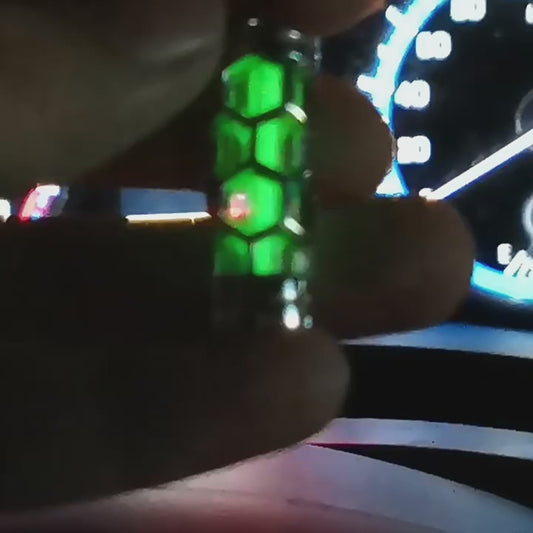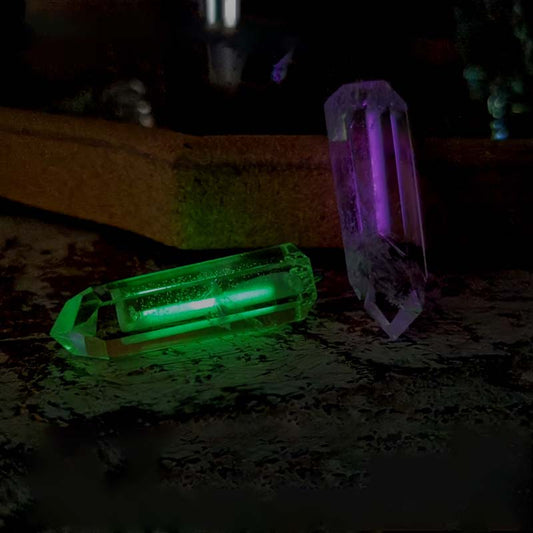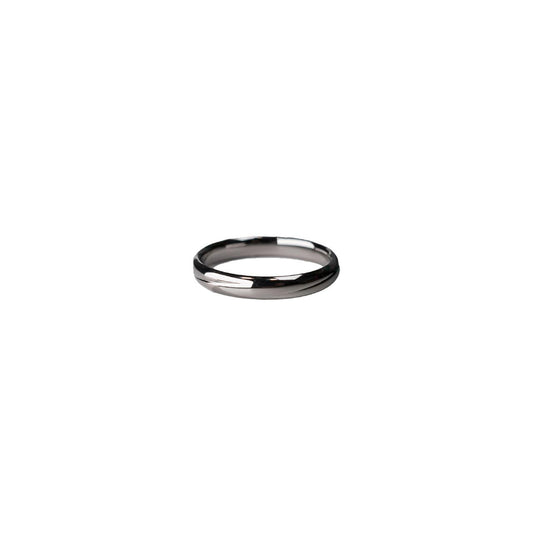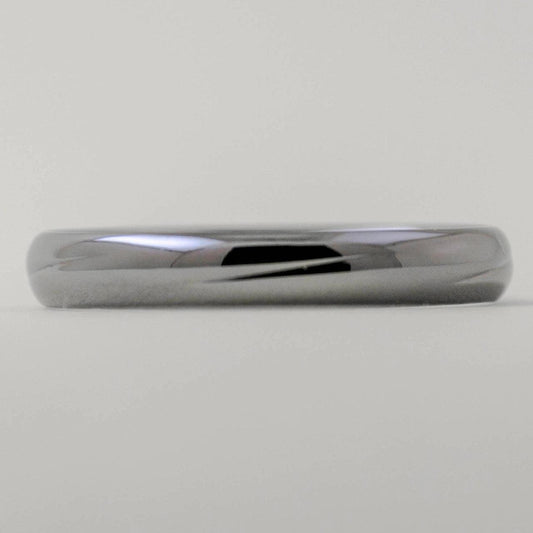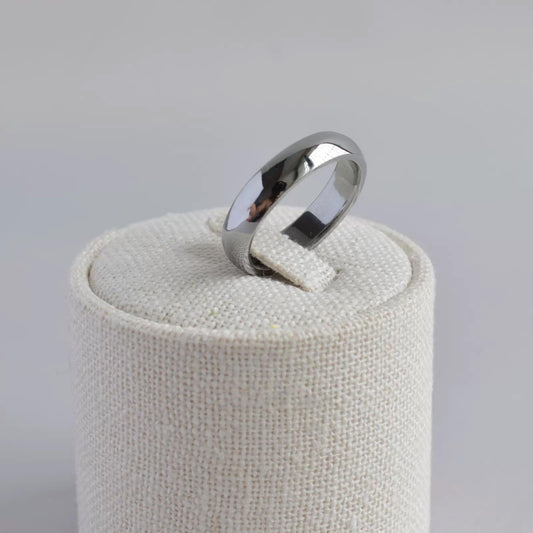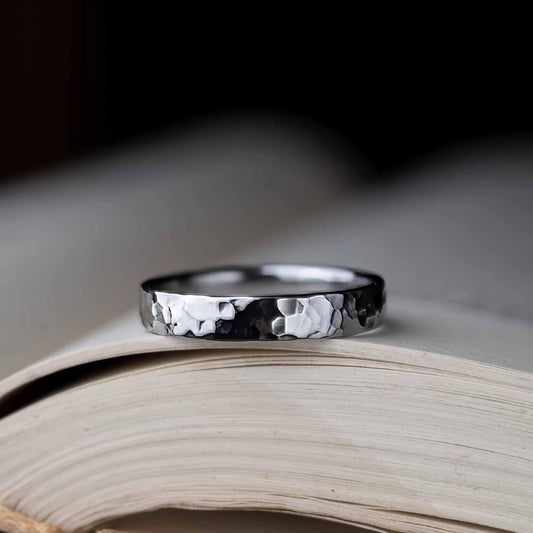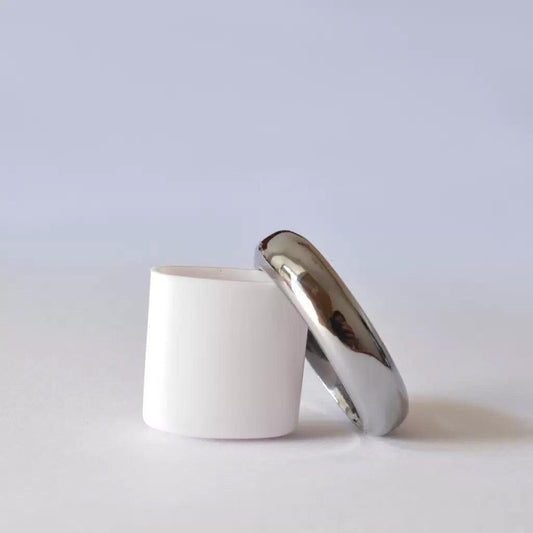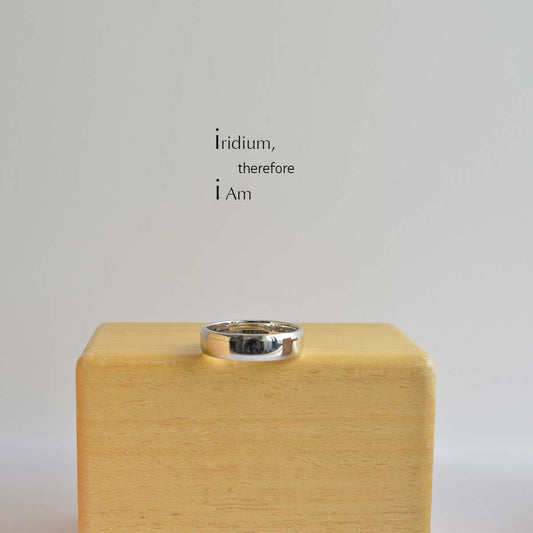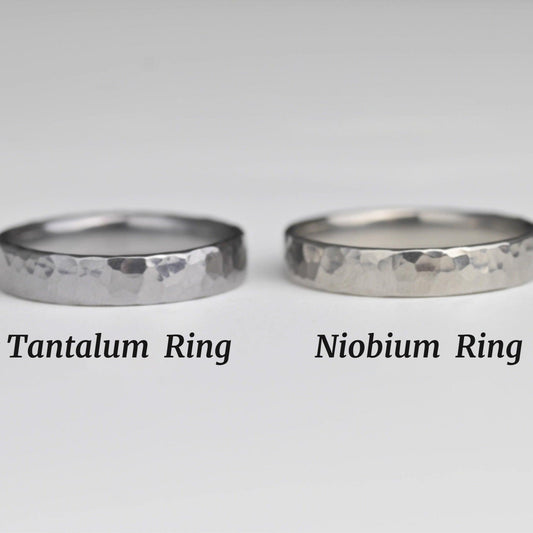The Allure of Ring Links A Journey Through Craft and Culture
The Allure of Ring Links A Journey Through Craft and Culture
The world of jewelry is a fascinating tapestry, and one thread that weaves through it all with elegance is the ring link. Though often overshadowed by its showier cousins like bold pendants or glittering earrings, the humble ring link possesses a subtlety that’s both captivating and enduring. These interconnected circles represent much more than their seemingly simple forms suggest—they carry with them a legacy of craftsmanship and a rich tapestry of cultural significance.
Ring links have been used in jewelry for centuries, appearing in various forms and styles. From the time of the ancient Egyptians to the intricacies of today’s modern designs, the symbolism of the circle, an unbroken line, has been a constant symbol of eternity and unity. Interestingly enough, it wasn't until a chance encounter in an old thrift store that I discovered my own fascination with ring links. I had stumbled upon a box of dusty trinkets, relics of another era, and in the midst of it all was a chain of simple brass links. Despite their tarnished appearance, they spoke to me of a story that demanded to be unearthed.
In terms of material, ring links can be crafted from a myriad of metals, each imparting a different aura. Gold links shimmer with warmth and luxury, while silver offers a cooler, more understated beauty. For those with a more adventurous spirit, titanium or steel links provide resilience and a modern edge. The choice of material often reflects the wearer’s personality—are they drawn to the timeless elegance of gold, or the contemporary chic that steel brings? This diversity of materials allows ring links to be versatile, easily transitioning from a casual day at the office to an evening gala.
Beyond their aesthetic appeal, ring links have seeped into the culture and rituals of societies worldwide. Take, for instance, the intricate chain mail crafted by Celts, which, beyond serving as powerful armor, was an art form in its own right. In another corner of the globe, the Japanese meticulously crafted kusari, a traditional chain armor, showcasing a craftsmanship that turned protection into poetry. Such historical uses of ring links highlight how they have always been more than mere adornment. They have been functional, protective, even communicative, serving as silent witnesses to the narratives of their time.
Personally, wearing a bracelet of interlinked silver rings feels like donning a piece of history, a connection to both the past and the people who once wore similar links. There’s a quiet power in tracing the outline of each link, feeling the craftsmanship beneath your fingertips—a reminder of the hands that shaped them and the stories they may have held. Every now and then, I find myself thinking about that box of trinkets and the stories it might have held, the adventures each piece might have seen.
Ring links might not always take center stage in a world captivated by flashy jewels, but their appeal endures through their simplicity and the stories they whisper. Whether as a statement of personal style or a nod to ancient traditions, ring links hold an undeniable allure. So, next time you encounter a piece of ring-linked jewelry, pause for a moment. Consider not just the beauty of its form, but the journey it symbolizes—a journey that is as endless and intertwined as the rings themselves.


